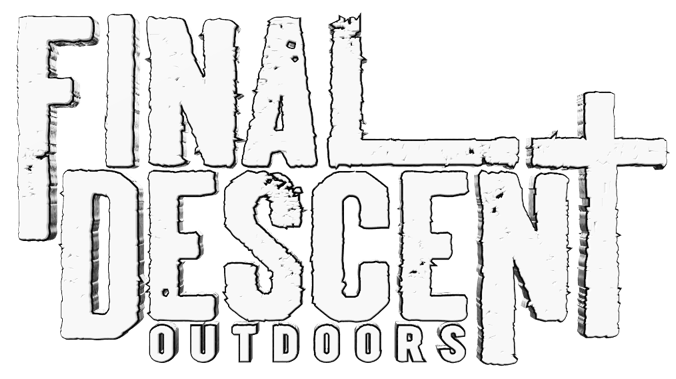New Opportunities For Oklahoma Hunters and Landowners
Mark Twain quoted, “Buy land, they’re not making it anymore.” The phrase rings true for thousands of sportsmen across Oklahoma who will take afield this fall. With the average household income of an Oklahoma family being around $43,000 a year, a substantial land purchase or expensive lease is entirely out of the question. With abundant state public lands spread out across the state, it may not be feasible for the average hunter to travel long distances each weekend to bag a bird or buck. While hunters have multiple avenues of searching out places to hunt—websites, social media, public land, and knocking on doors, it does not deny the fact it is a challenge to find a decent place to hunt in the red dirt state. That all may change very soon.
Beginning 1 September 2017, the Oklahoma Land Access Program (OLAP) will provide additional resources for hunters and landowners alike. Hunters will gain foot access to new properties—some of which have never been hunted. Each landowner participating in the OLAP (minimum 40 acre parcel) will be compensated to the tune of $2-$15 per acre depending on the acreage size, activities permitted, and duration of access. The premise of this program is to reward conservation-minded hunters and landowners by providing every law-abiding citizen an opportunity to hunt and fish. From a landowner’s perspective, you may be concerned about people on your property. Rest assured there are rules and regulations governing your land as well as signage identifying walk in access area type, open dates, method of hunting permitted, or fishing only. Hunters are reminded that the future of this program depends on their behavior and conservation of these areas.
Now before you have a migraine thinking of worst case scenarios, keep in mind the OLAP will be heavily regulated by Oklahoma Department of Wildlife Game Wardens. A full list of regulations regarding the OLAP can be found on the ODWC’s website: https://www.wildlifedepartment.com/olap. There you can find the Introduction to the program, Rules & Regulations, Maps (released on August 5, 2017), and Landowner information with links to an online and printable landowner application. Additionally, landowners enrolled in the program have limited liability in accordance with state laws as described on the ODWC website.
In 2015, I personally took advantage of the Walk in Hunting Areas in Kansas. I had booked a hunt with a Kansas outfitter that quickly went south. Sitting in the hotel room planning my next move, I pulled up the Kansas Department of Wildlife website on my smartphone and clicked on the complete online map of Fall WIHA atlas. I noticed there were several farms in the area that were open to walk in hunting. After a quick review of satellite images, I put a game plan together and hit the road. I drove to the areas that looked best on the map and stopped at my first location. The heavy worn trail crossing the county dirt road signaled this was the farm. One hour later I had my stand hung and made the ten-minute walk back to my truck where I had parked on the side of the county road. The next morning’s hunt had my adrenaline pumping. Buck after buck filtered down the trail to jump the fence and cross the county road heading from a green field back to their bedding area. It seemed each new buck that appeared was bigger than the last. I went home empty handed that trip but my experience was rewarding. I had adapted to my situation and enjoyed my trip all thanks to the Kansas WIHA Program.
My hope is that this program will be successful like my experience in Kansas. The land was left clean and I could bet no one even knew I had been there. Landowner participation will alleviate hunting pressure that otherwise is distributed to only what is available now on public land. The potential of this program is vast considering the state’s population of feral hogs. Landowners who could not manage the wildlife residing on their acreages can now take full advantage of the OLAP. Ultimately, the success of this program will depend on hunters to be responsible, respectful, and pick up after themselves. Additional OLAP information can be located by contacting Jeff Tibbits, Wildlife Biologist (OLAP) jeff.tibbits@odwc.ok.gov, 405-535-7382 or Kasie Joyner, Wildlife Technician (OLAP) kasie.joyner@odwc.ok.gov, 405-535-5681.
Author of this blog is staffer Adam Nicholas. Adam has been filming for Final Descent Outdoors since 2012. Adam and his wife Ashley reside in Choctaw, Oklahoma and are expecting their first child this November.





